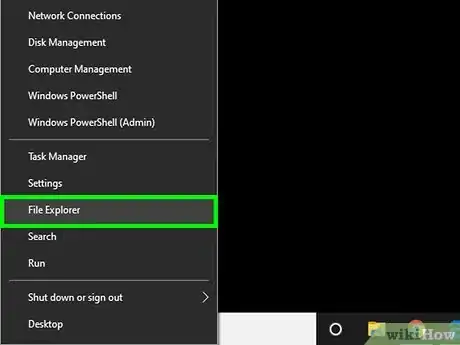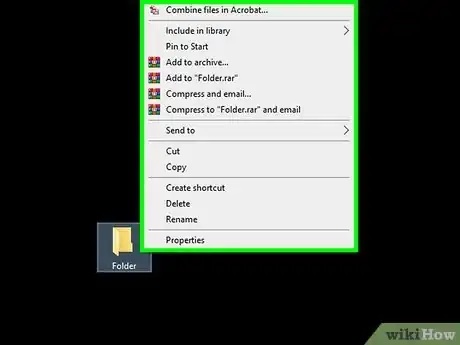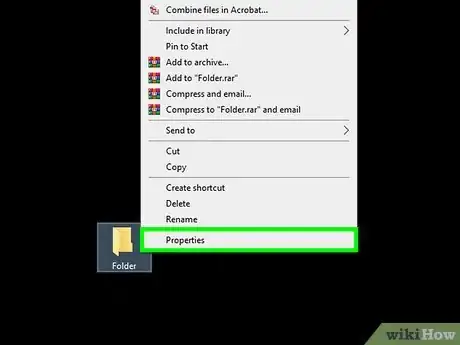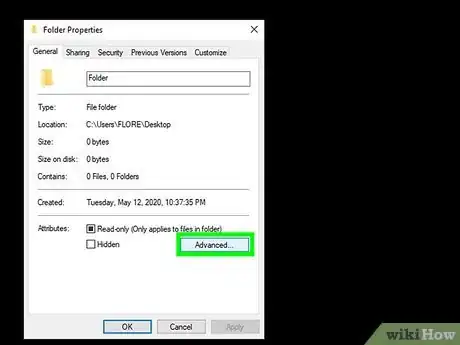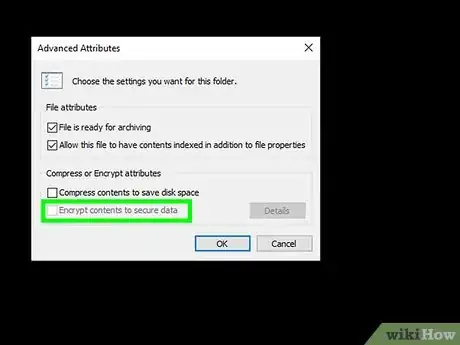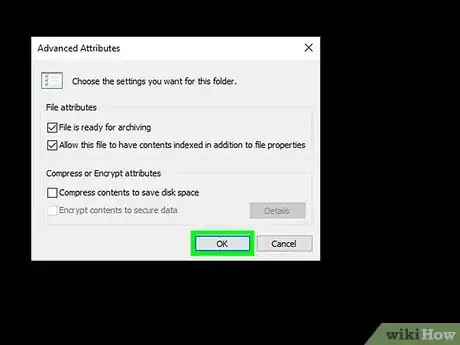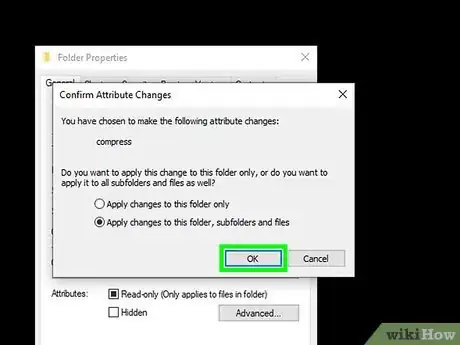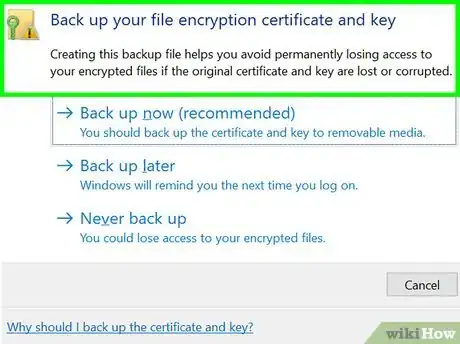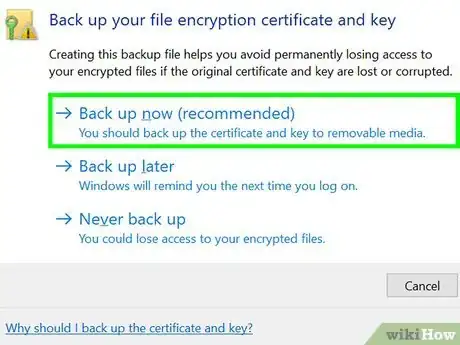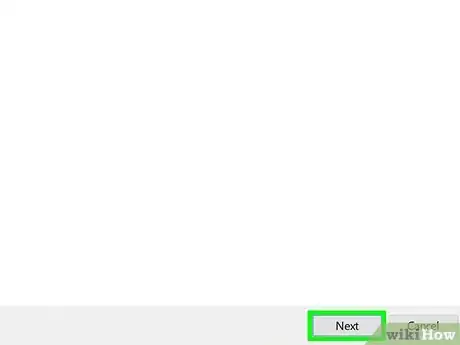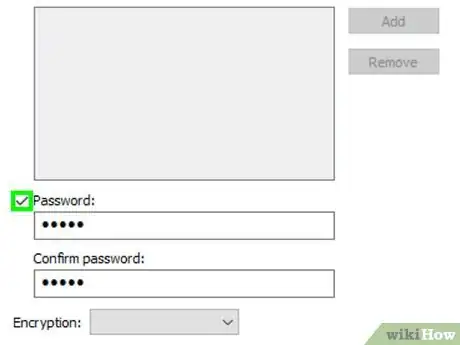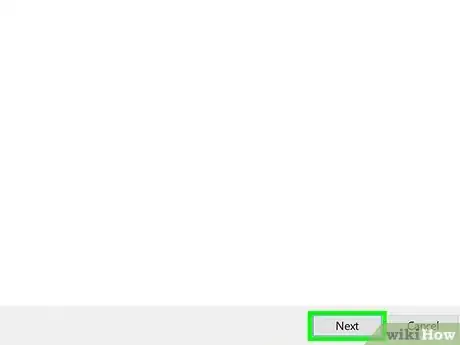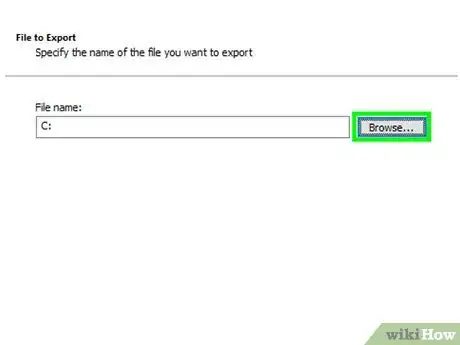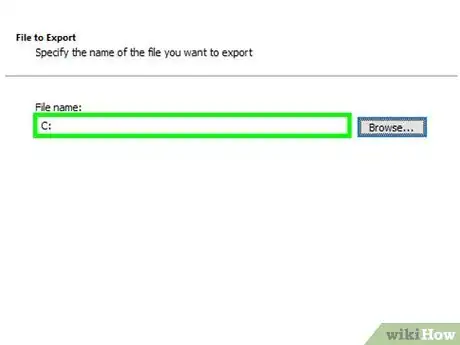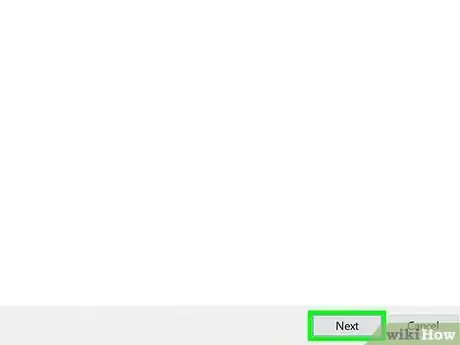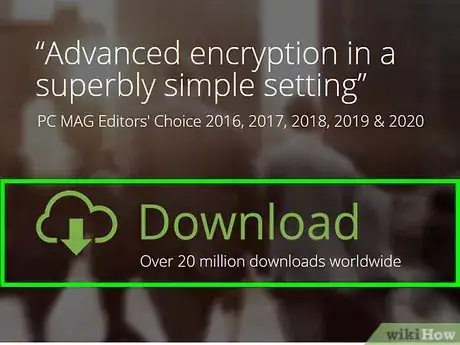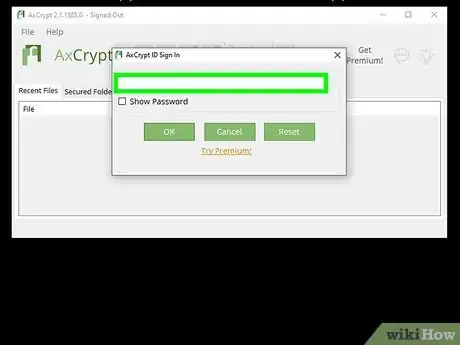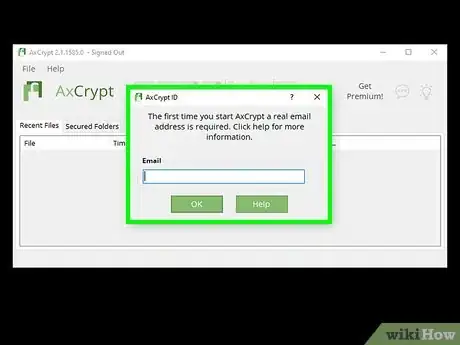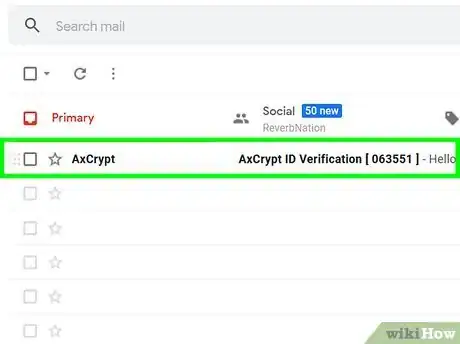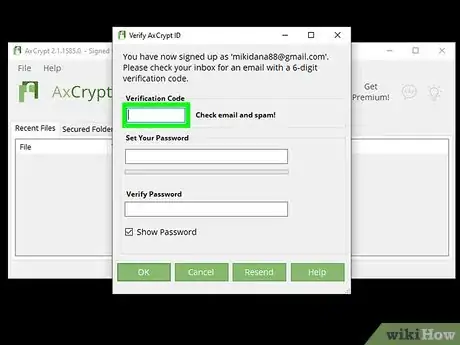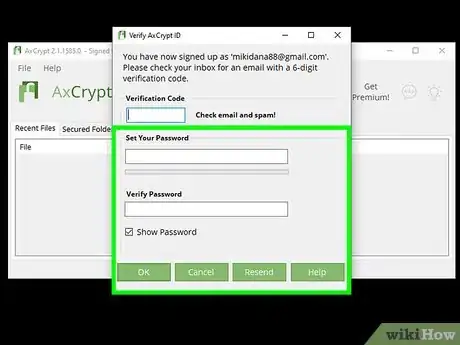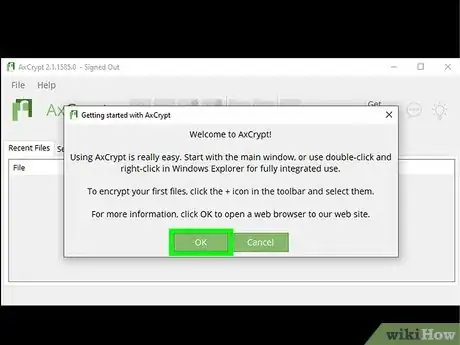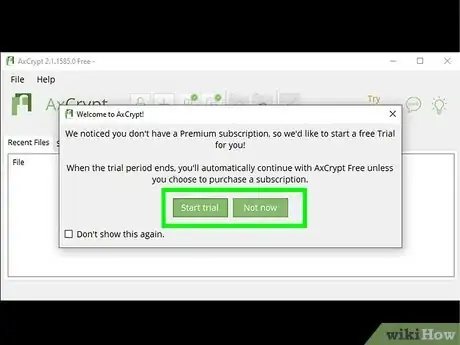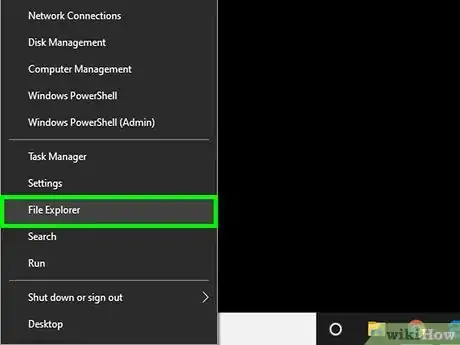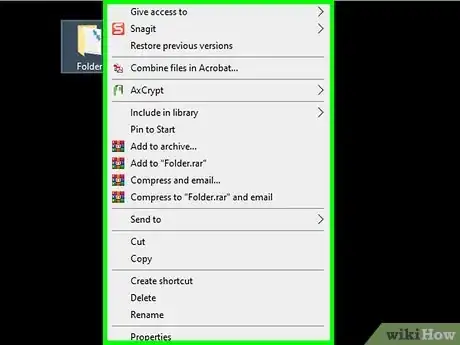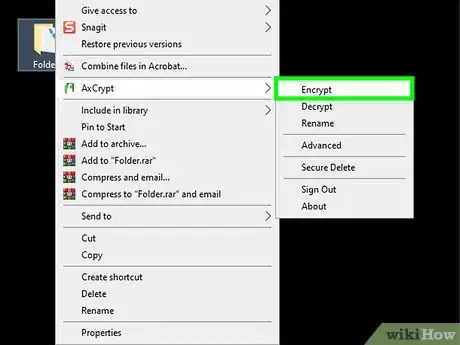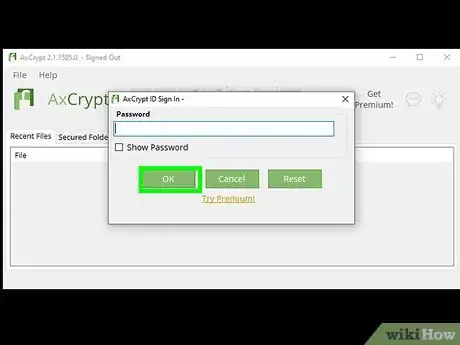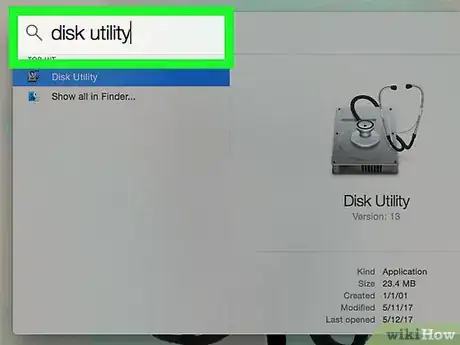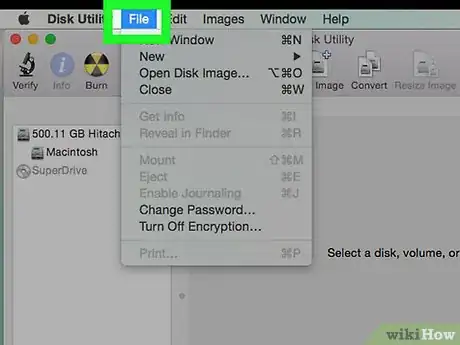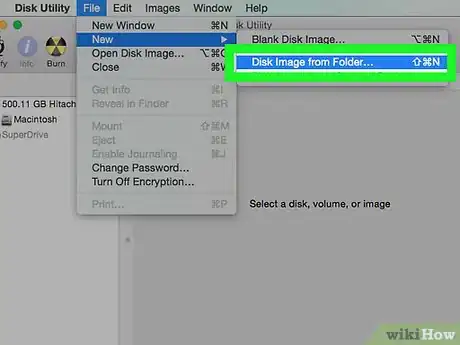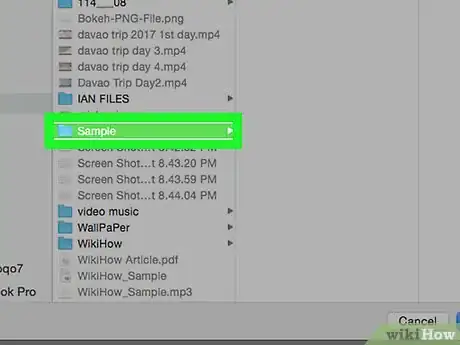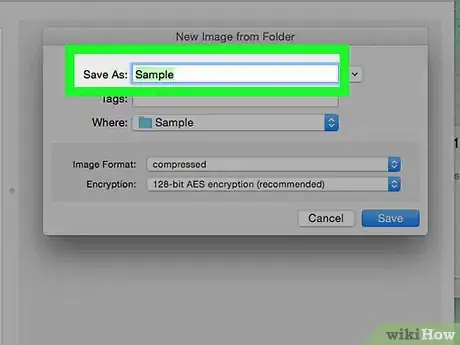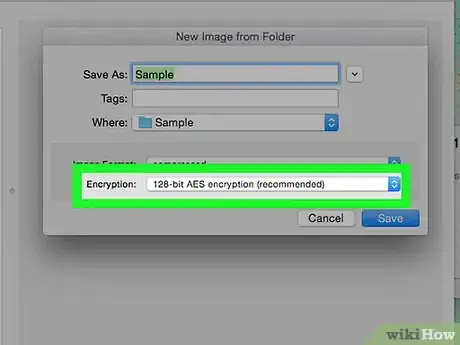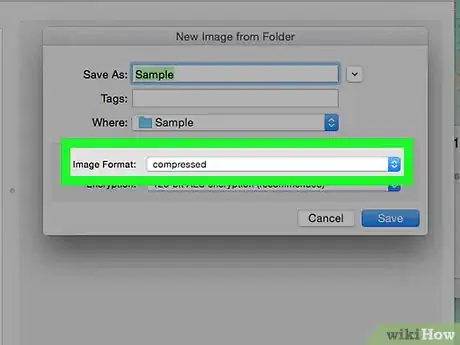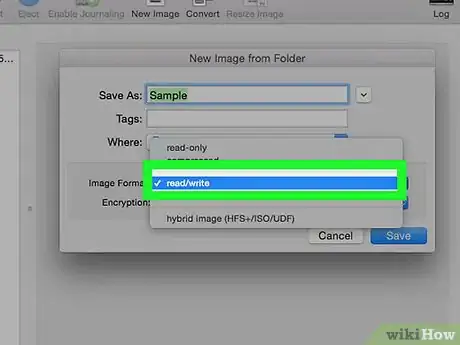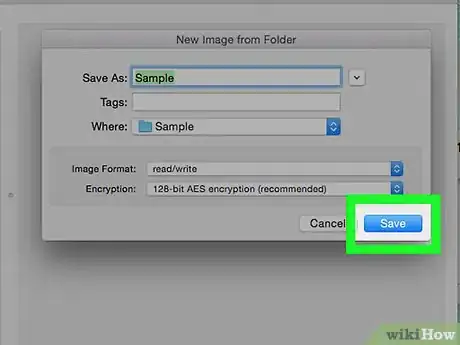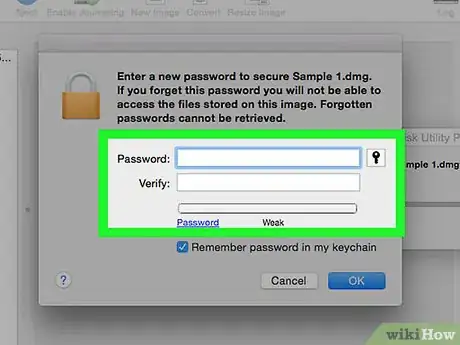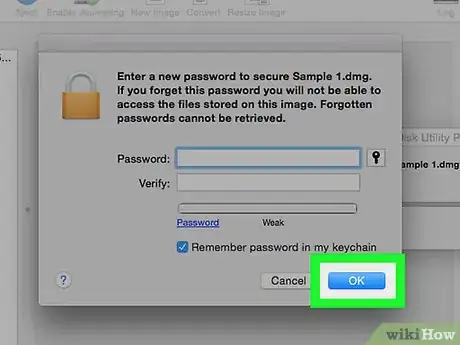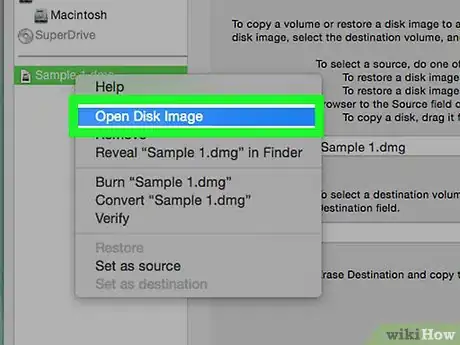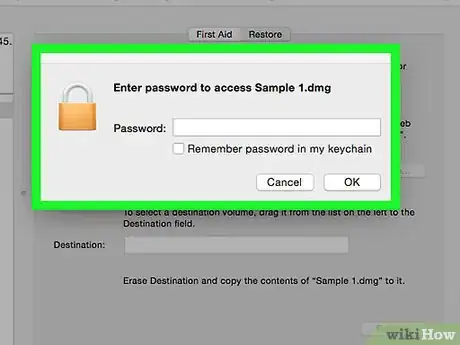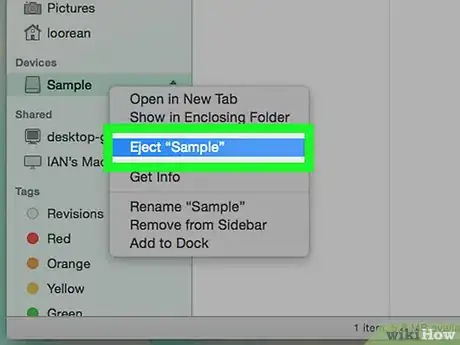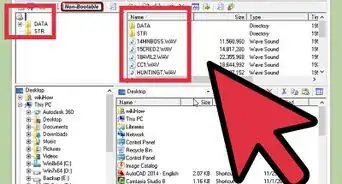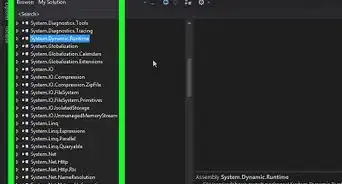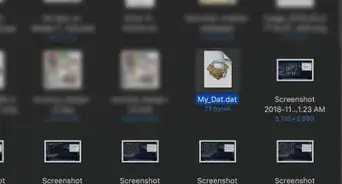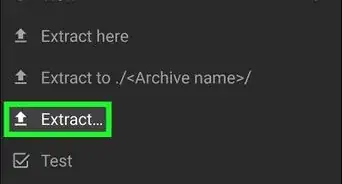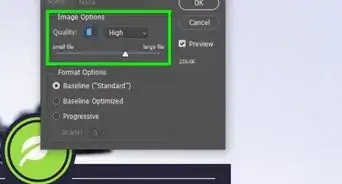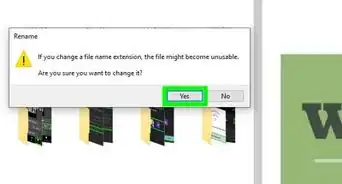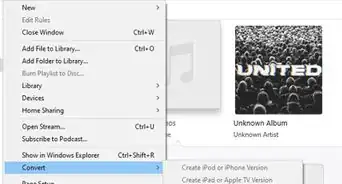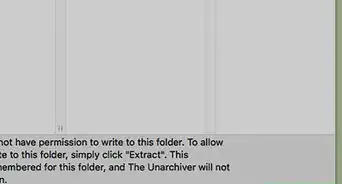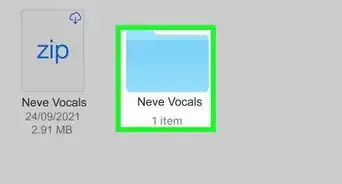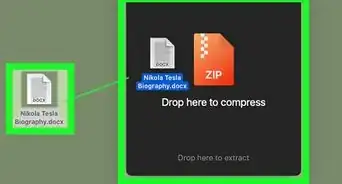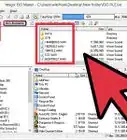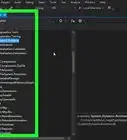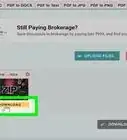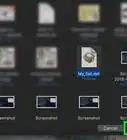This article was co-authored by wikiHow staff writer, Travis Boylls. Travis Boylls is a Technology Writer and Editor for wikiHow. Travis has experience writing technology-related articles, providing software customer service, and in graphic design. He specializes in Windows, macOS, Android, iOS, and Linux platforms. He studied graphic design at Pikes Peak Community College.
This article has been viewed 1,209,946 times.
Learn more...
Both MacOS and Windows 10 Pro, Enterprise, and Education Editions have their own encryption programs that you can use to encrypt and password-protect files and folders on your hard drive. Windows 10 Home Edition does not come with any encryption software, but you can still use third-party software to encrypt and password-protect your files and folders. This wikiHow teaches you how to encrypt your files and folders.
Things You Should Know
- On Windows, press ⊞ Win+E > and hit . Right click the folder you want to protect. Click Properties > Advanced > "Encrypt contents to secure data".
- Click Ok > Apply. Then, hit "Apply changes to this folder, subfolders and files" and click Ok. Backup your encryption key and follow the prompts to set your password and finish.
- On Mac, go to , enter disk utility, and press ⏎ Return. Then, click File > New Image> Image from Folder.Open the folder you want to protect and enter a name for it.
- Click the "Encryption" drop-down box and select 128-bit AES encryption > "Image Format" > read/write. > Save. Enter you password follow the rest of the prompts to finish.
Steps
Using Windows
-
1Press ⊞ Win+E to open File Explorer . File Explorer has an icon that resembles a folder with a blue clip. Click the File Explorer icon in the taskbar, or press the Windows key + E to open File Explorer. Windows Pro, Enterprise, and Education Editions have their own built-in file encryption software called BitLocker. BitLocker can be used to encrypt an entire hard drive, or individual folders and files.
- BitLocker is not available on Windows: Home Edition. If you are using Windows: Home Edition, you will need to use third-party software to encrypt your files and folders.[1]
-
2Navigate to a folder you want to password protect, and right-click it. This displays a pop-up menu to the right of the folder.Advertisement
-
3Click Properties. It's at the bottom of the pop-up menu.
-
4Click Advanced. It's at the bottom of the Properties window next to "Attributes".
-
5
-
6Click Ok followed by Apply. This starts the process of encrypting your folder.
-
7Select "Apply changes to this folder, subfolders and files" and click Ok. It's the second radio option in the "Confirm Attributes Changes" window.
-
8Click the "Back up your file encryption key" in the pop-up message. You can also find this pop-up message in the Notifications window by clicking the icon that resembles a square-shaped speech box in the Taskbar.
-
9Insert a USB flash drive in a USB port and click Back up now (recommended). This will back up your encryption key to a flash drive. This will help prevent you from losing access to your files if you forget your password.
- If you do not have a flash drive, you can click Back up Later to be reminded next time you log in, or click Never back up. Warning: If you don't back up your encryption key, you could lose access to your files if you forget your password.
-
10Click Next two times. First, click Next at the bottom of the Certificate Export Wizard welcome window. Then click Next again to create a new password.
-
11Select "Personal Information Exchange - PKCS #12" and click Next. This is the default option in the Certificate Export Wizard window. Then click Next in the lower-right corner.
-
12
-
13Click Next. It's in the lower-right corner of the Certificate Export Window.
-
14Navigate to the USB drive. Use the file browser to navigate to the location of your USB drive. This may be a temporary "D:" or "E:" drive.
-
15Type a name for the certificate and click Save. This saves the certificate as a ".pfx" file.
-
16Click Next and then Finish. This finishes the process of encrypting and password-protecting your folder. You can now eject the USB drive and put it in a safe location.
- If you need to access your folder, follow steps 1 - 4. Then uncheck the box that says "Encrypt contents to secure data." Then enter your password to un-encrypt the folder.
Using AxCrypt
-
1Download and install Axcrypt. Windows Home Edition does not come with BitLocker, which is the standard encryption software used on Windows. Instead, you will need to download and install a third-party encryption program. AxCrypt can encrypt and password-protect files and folders on your computer. The free version uses 128 Bit encryption and the premium version uses AES-256 Bit encryption. Both of which are international standards. Use the following steps to download and install AxCrypt:
- Navigate to https://www.axcrypt.net/ in a web browser.
- Click the green button that says Download.
- Open the install file in your web browser or Downloads folder.
- Click the checkbox to agree to the license terms and conditions.
- Click Install.
- Click Launch.
-
2Enter your email address and click Ok. Make sure you enter a valid email address. A verification code will be sent to your email address.
-
3Retrieve the verification code from your email. Open the email address you entered and look for an email from AxCrypt. It will contain your verification code.
- It may be in your junk mail, or spam folder.
-
4Enter the verification code. After retrieving the verification code, enter it in the small box that says "Verification code" in the AxCrypt window.
-
5Enter your password twice and click Ok. Make sure you enter the exact same password in both password fields. This is the password you will use to encrypt and decrypt your folders.
- You may want to write your password down and put it in a safe place. If you lose your password, you may not be able to access your files.
- Once you log in to AxCrypt, you do not need to enter your password each time you enter your password. Don't be afraid to use a strong password.
-
6Enter your password and Ok. This will log you into AxCrypt.
-
7Click Start Trial or Not Now. If you want to start a free trial of Premium AxCrypt, click Start Trial. Otherwise, click Not Now.
-
8
-
9Navigate to a folder you want to password-protect and right-click it. This will display a pop-up menu next to the folder.
-
10Hover over AxCrypt and click Encrypt. After AxCrypt is installed and you are signed in, this option appears in the pop-up menu that appears when you right-click a file or folder in File Explorer. This will display a sub-menu. Click Encrypt in the sub-menu.
-
11Enter your password and click Ok. This converts the folder and all the files into encrypted ".axx" files.
- To access the files again, right-click the folder in File Explorer and hover over AxCrypt. Click Decrypt. Enter your password and click Ok.
Using Mac
-
1
-
2Type disk utility then press ⏎ Return. This will open the Disk Utility app.
-
3Click File. This menu item is in the top-left side of the Mac's screen.
-
4Select New Image, then click Image from Folder. This will open a finder window.
- On some older Macs, this option may be labeled "Disk Image from Folder" instead.
-
5Select the folder you want to password protect and click Open. Click the box at the top of the pop-up window, click your folder's location (e.g., Desktop), click your folder, and click Open.
-
6Enter a name for your folder. Do so in the "Save As" field.
-
7Click the "Encryption" drop-down box and select 128-bit AES encryption. It's in the "Encryption" drop-down menu.
-
8Click the "Image Format" drop-down box.
-
9Click read/write. This option will allow you add and remove files to your encrypted folder later.
-
10Click Save. This button is in the bottom-right corner of the window.
-
11Create a password and click Choose. Enter a password you want to set for your folder in the "Password" field, and enter it again in the "Verify" field to confirm. Then click the "Choose" button to set the password.
- Your passwords must match in order to continue.
-
12Click Save. It's a blue button at the bottom of the window. Doing so will create an encrypted copy of the original folder.
- If you named your image the same thing as your original folder, click Replace when prompted to replace the folder.
-
13Click Done when prompted. Your password-protected folder has been created. Your new password protected folder will appear as a ".dmg" file.
- You can delete the original folder that you used to create the password-protected folder if you want, your files are safe in the ".dmg" that was just created.
-
14Open the password-protected folder. Double-click the newly created ".dmg" file to open your password-protected folder. This will prompt you for a password.
-
15Enter the password you set earlier and click OK. Your folder will open as a mounted virtual "drive" on the desktop. Once unlocked, this will open a window and display your files.
-
16Lock the folder. When you are done, you can lock the folder again by "Ejecting" the drive that was opened by one of the following ways:
- Click and drag the drive's icon to the trash.
- Right-click on the icon and select Eject "[Your Folder Name]"
- Click the eject button next to your folder's name in the Finder window on the left.
Community Q&A
-
QuestionHow can I unlock a folder?
 Community AnswerDouble click on the .bat file and type in the password you made for it when the command prompt menu opens up.
Community AnswerDouble click on the .bat file and type in the password you made for it when the command prompt menu opens up. -
QuestionHow do I change the name of the folder created by the .bat file?
 Community AnswerRight click on the folder, then click "rename." Type the new folder name, then hit "enter."
Community AnswerRight click on the folder, then click "rename." Type the new folder name, then hit "enter."
Warnings
- If you forget your folder's password, you may permanently lose access to the respective files.⧼thumbs_response⧽
About This Article
In the folder that contains the files you want to protect, create a new text file containing the script below, replacing “Your-Password-Here” (in the script) with your desired password. Save the file as FolderLocker.bat, then double-click FolderLocker.bat to create a folder called Locker. Copy files into the Locker folder, and then double-click FolderLocker.bat again to lock the files.


